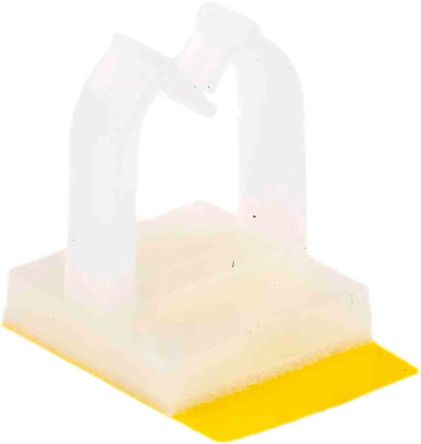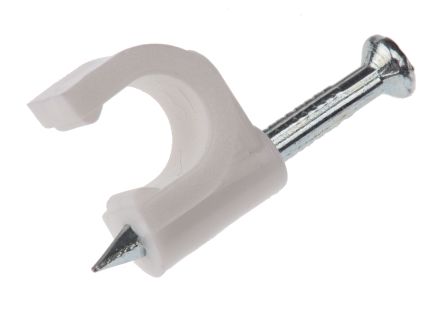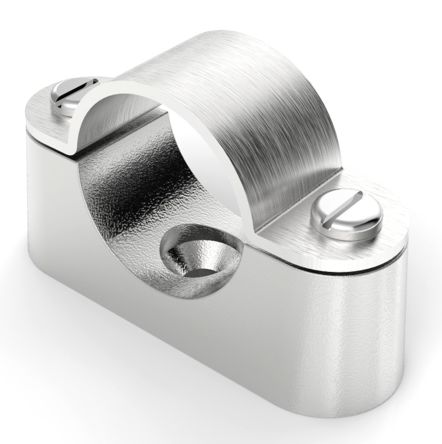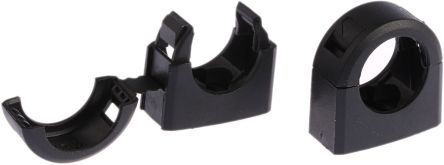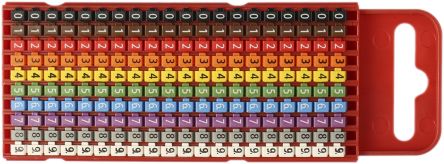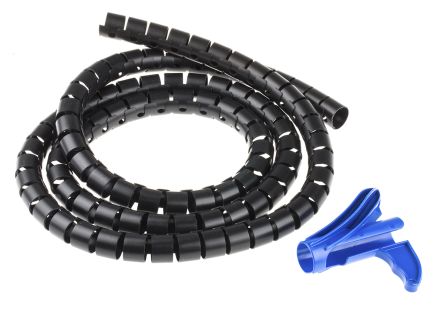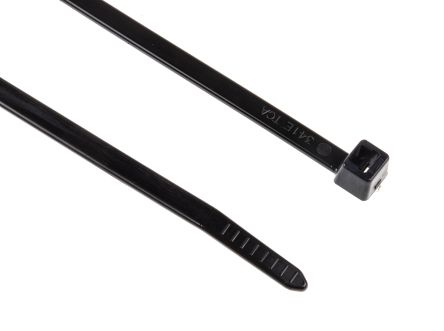
|
What are cable clips?
Cable clips are a handy way of securing longer runs of cabling and wiring to walls, furniture, along skirting, or behind/around other fittings and fixtures. They’re very widely used in both home and workplace settings, and indeed anywhere you’re likely to find lengths of wire running between components outside of a cabinet or other housing.
Cable clips are essentially a cable mounting and management tool, used for securing cables and wiring to fixed points. When used properly, they serve a convenient dual purpose. Firstly, they help make your home or professional environment look far tidier than they would with loose wires trailing. Secondly - and more importantly - they help keep both cables and people safe by guarding a common source of both electrical and trip hazards.
Of course, cable clips don’t have to be used solely for wires and cables. Particularly in larger sizes, they’re also ideal for securing heavier runs of conduit or tubing.
How to use cable clips
Using cable clips is often one of the simpler installation procedures you’re likely to come across in any DIY activity. By far the most common scenario involves a product with two key parts:
- a loop, hook or cradle for holding the wiring in neatly place
- a nail, pin or screw for affixing the cable clips themselves to a secure surface.
You may encounter slight variations in the exact design or method for attaching cable clips, and specific techniques for mounting and securing them will vary slightly from product to product. Girder cable clips, for instance, often hook or clip around metal girders or other ceiling beams to suspend the cabling run without the need to drill into or pierce the mounting surface.
Types of clips
Cable clip sizes and colours
The ideal size of cable clip for any given job will of course depend largely on the thickness of wire, tubing or conduit you’re looking to run through it. It’s also worth considering the type of environment the cabling run will be secured in, to determine what cable clip size or gauge will be most appropriate for any given scenario.
You might like to consider whether or not you’re likely to want to add any further wiring along the same run in future, as certain clip types and sizes allow for this more easily than others that might have been selected to give a very tailored fit.
While a variety of especially large cable clips are available for securing much heavier runs of tubing or conduit than you’d normally expect to encounter outside of demanding industrial settings, some of the most common sizes of cable clips found in day-to-day home and professional use include:
Cable clips colours
Cable clips are available in a wide variety of materials and hues for all manner of home, office and outdoor settings. It’s far more common to find the classic nail-in plastic type wire clips being sold in either black, white, grey or beige/brown than any other colour.
As black cable clips or white cable clips are generally each selected for their ability to blend in with mounting surfaces or cabling runs, the best option will normally be to pick whichever colour appears the more neutral and unobtrusive for your individual taste and environment.
Product spotlights
Use these links to shop popular related products:
